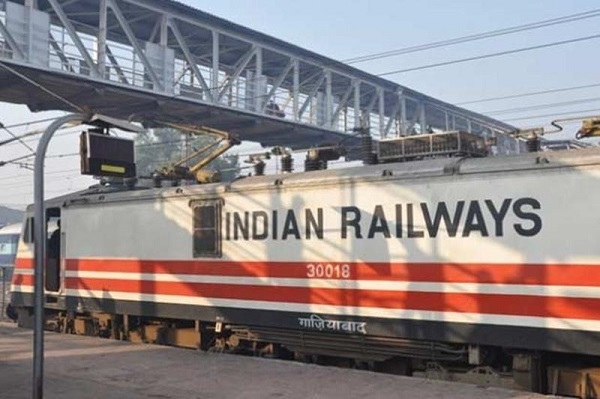New Delhi, (Samajweekly) The Network Planning Group constituted under the institutional framework of PM GatiShakti National Master Plan has examined and recommended three important railway projects.
The NPG examined the project related to doubling of railway line between Aurangabad and Ankai in Maharashtra. This will provide an alternate route to reach destinations like Mumbai, Delhi and Amritsar from Bengaluru, Hyderabad, Nizamabad etc.
The proposed project will increase section capacity from 114 per cent to 143 per cent and improve goods and passenger traffic on this single line. This doubling can also cater to the potential freight traffic movement from the nearby industrial clusters as it falls on the Aravali Dakshin Sampark Corridor.
This will provide a modal mix to both passenger and freight trains while also connecting 38 villages with a total population of 98 lakh and the industrial areas of Daulatabad, Aurangabad and Jalna.
Moreover, to improve cargo movement between the western coast and southern coast, the NPG examined the project in addition to the third line in the balance section between Bhadrak and Vizianagaram in Odisha and Andhra Pradesh, respectively.
As this region acts as backbone infrastructure for the ports on the eastern coast, the proposed railway line connects three non-major ports which are Gopalpur, Damra and the upcoming Bhavnapadu, and two major ports, Paradip and Visakhapatnam.
The project will also directly facilitate movement to goods sheds at Khurda, Jagannathpur and Srikakulam which are points of multi-modal logistics, and also shift the major road cargo movement to rail.
To ensure improved wagon turnaround time and better punctuality of passenger trains, the NPG evaluated a project to add third and fourth railway lines in the Sonnagar Andal route falling in the states of Bihar, Jharkhand and West Bengal.
This project is part of Mission 3000 MT plan of the Indian Railways and connects important districts such as Gaya, an emerging textile hub, Hazaribagh, a sea food cluster, Dhanbad, a district of coal reserves, and Paschim Bardhaman, a district of immense potential for steel.
After the completion of the project, there will be an increase in average speed of trains from 33 kmph to 55 kmph in this section.









